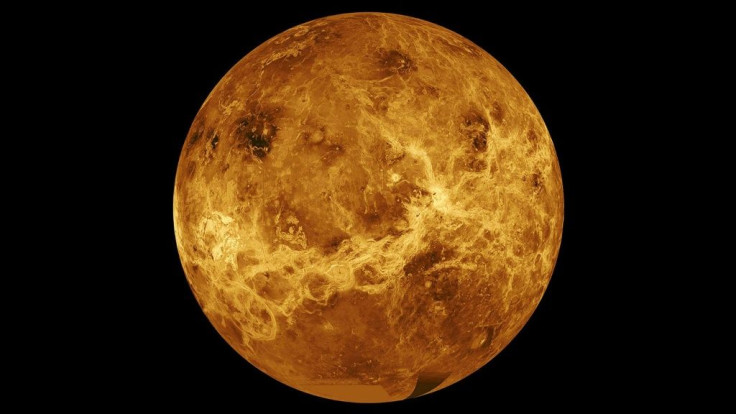Life On Venus: Phosphine Signals Actually Fainter As Scientists Re-Analyze Earlier Findings
KEY POINTS
- A September study made the headlines for detecting phosphine on Venus
- After reanalyzing the data, the researchers found that phosphine is actually much fainter on the planet
- These recent findings have reignited the interest in exploring Venus
The scientists who made big waves in September for their study about the presence of possible markers of life on Venus have adjusted their findings, revealing much fainter traces of phosphine on the planet.
It was in September when a study made the headlines for its claim of detecting traces of phosphine in the atmosphere of Venus, suggesting the possibility that there might be microbial life on the planet. Suddenly, the harsh planet that even rovers couldn't stand for prolonged periods of time might be harboring life, and interest in the planet was reignited. Roscosmos chief Dmitry Rogozin even said then that Venus was a "Russian planet."
Now, the team behind that study has revealed the results of the re-analysis of their data, showing that the phosphine signal may actually be fainter than before. Citing calibration errors, they found that the phosphine levels are actually much lower than their initial report stated.
As Science reported, the data suggests that the phosphine levels are "at least seven times lower" compared to their original report.
Fainter, But Still There
That doesn't mean, however, that scientists are backing down from their phosphine findings. In fact, the researchers still believe that the said gas is present on the planet. They even countered some of the criticisms that their findings had received earlier, particularly one that suggested that the signal was likely coming from sulfur dioxide and not phosphine. If it was, then what they found would simply be a signal of a common gas on Venus and not a possible sign of life on the planet.
The team responded to this criticism, saying that "we have shown that 100 ppb of SO2 can neither explain the JCMT feature, nor is it a reasonable abundance."
Reigniting Interest In Venus
So what's next? With the adjusted data now out there, scientists can have another look at what the signals could really be and, if it proves to be phosphine, where it could be coming from.
Only recently, another team of researchers looked into the possibility of phosphine on Venus, Nature reported. They did it by scouring through the data gathered by NASA's 1978 Pioneer Venus mission, which collected data on the planet's atmosphere using a probe. As the outlet explained, the probe detected traces of a phosphorous compound that could either be phosphine or another phosphorus-based molecule.
"(W)e believe the simplest gas that fits the data is phosphine," team lead for that recent effort, Rakesh Mogul of California State Polytechnic University, said at the meeting of Venus Exploration Analysis Group on Tuesday, Nature reported.
No matter what these eager scientists find, it's clear that these findings have reignited the interest in exploring Venus. Despite humanity's great strides in space exploration, it has not been easy to explore the planet because of its harsh environment. In fact, even Venera-13, which holds the record for being the "longest active spacecraft on Venus," only remained operational on the planet for 127 minutes.
But with the spotlight once again on Venus, it is likely that there will be more interesting discoveries about the Earth's next-door neighbor.

© Copyright IBTimes 2024. All rights reserved.






















